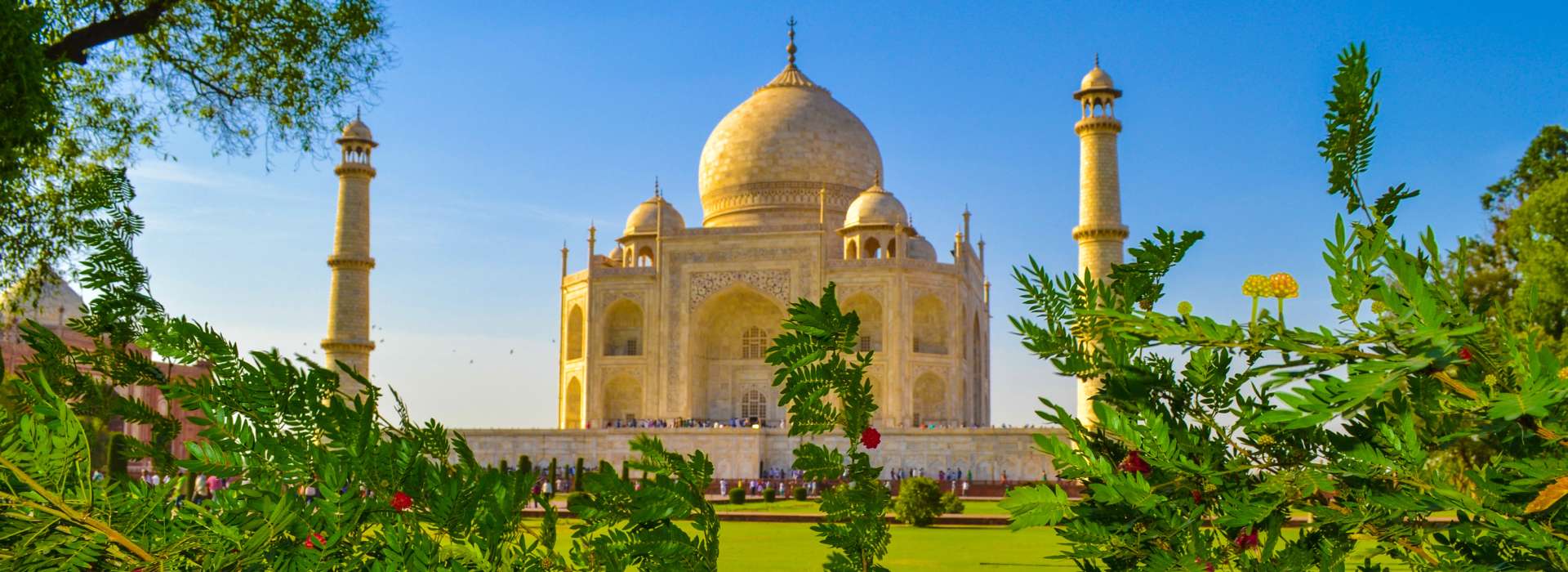
India’s cultural fabric is woven with stories of love, architectural brilliance, and spiritual depth. Among its many wonders, the Taj Mahal stands as a crown jewel—timeless, elegant, and deeply evocative. An India Taj Mahal Tour isn’t just about visiting a monument; it’s about stepping into history and experiencing one of the world’s greatest testaments to love.
Why the India Taj Mahal Tour Should Be on Your Bucket List
The Taj Mahal, located in Agra, Uttar Pradesh, is much more than an iconic structure; it’s an emotional experience. Commissioned in the 17th century by Mughal Emperor Shah Jahan in memory of his beloved wife Mumtaz Mahal, the monument is a glowing symbol of eternal love.
A visit here is a must for architecture lovers, history enthusiasts, and romantics alike. It represents the peak of Mughal architecture with its intricate marble inlays, symmetrical layout, and elegant domes—all wrapped in Persian, Islamic, and Indian design elements.
A Rich Historical Background
The Taj Mahal was constructed over 22 years, employing thousands of artisans and craftsmen. It’s made entirely of white marble that reflects hues of pink, golden, and ivory throughout the day. A UNESCO World Heritage Site since 1983, it draws millions of visitors annually.
But beyond the grandeur lies a deeper story—one of loss, dedication, and artistic ambition that defined a generation.
When Is the Best Time to Take an India Taj Mahal Tour?
Timing is everything when visiting the Taj Mahal. The best time to go is from October to March, when the weather is cooler and more pleasant. Early morning or sunset visits are ideal for capturing the monument in the most flattering natural light and avoiding the crowds.
Special events such as full moon nights, when the Taj glows under moonlight, offer a truly magical experience—though tickets must be booked in advance.
Cultural Insights That Enrich Your Experience
An India Taj Mahal Tour is not just about sightseeing. Surrounding Agra and the monument itself are rich with cultural touchpoints. You can explore local artisan workshops showcasing marble inlay work, visit Mughal-era gardens, and sample authentic Mughlai cuisine.
Many local guides also offer insights into the Mughal dynasty, the symbolism in the monument’s architecture, and even poetry inspired by the Taj.
Practical Tips for Your Taj Mahal Visit
We also arrange Agra sightseeing tour for travelers looking for guided experiences.
- Dress conservatively as it’s a cultural site.
- Footwear is not allowed inside the mausoleum; shoe covers are provided.
- Photography is permitted in most areas but prohibited inside the main tomb chamber.
- Avoid Fridays—the Taj Mahal is closed to the public for prayers.
Beyond the Taj Mahal: Nearby Attractions
While the Taj Mahal is the highlight, the Agra region is rich with other historic gems:

- Agra Fort – A red sandstone fortress with magnificent palaces and courtyards.
- Mehtab Bagh – A garden complex offering stunning rear views of the Taj across the Yamuna River.
- Fatehpur Sikri – A UNESCO-listed abandoned Mughal city just a short drive away.
These sites complement your India Taj Mahal Tour, offering more depth and variety to your historical journey.
A Symbol of India’s Global Identity
The Taj Mahal is often the first image that comes to mind when people think of India. It’s a national treasure that also serves as a global symbol of India’s rich history and artistic achievement. Millions of travelers from all over the world seek out the Taj, making it a cultural ambassador for the country.
Eco-Tourism and Sustainable Travel Efforts
Over the years, efforts have been made to protect the Taj Mahal from pollution and environmental damage. Only electric vehicles are allowed near the monument, and air pollution is closely monitored. Travelers are encouraged to support local eco-tourism practices and minimize plastic usage during their visit.
Experiencing the Emotional Impact
Many visitors report an unexpected emotional reaction upon seeing the Taj Mahal for the first time. Its symmetry, serenity, and the love story behind its creation evoke a feeling of awe and reflection. It’s a place where time seems to pause—a moment of stillness amidst India’s dynamic energy.
Conclusion
Whether you’re an architecture buff, a history lover, or a traveler seeking meaning beyond the ordinary, the India Taj Mahal Tour delivers an experience unlike any other. It invites you to walk through centuries of history, witness unmatched beauty, and leave with memories etched in your heart.



Comments